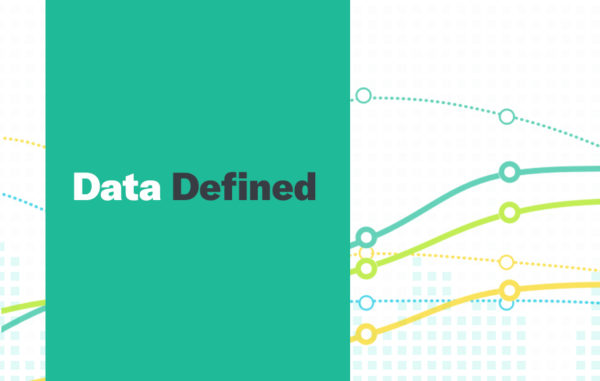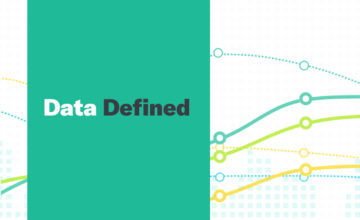Time Series Analysis Defined
Time series analysis is a statistical technique which deals with time series data, or trend analysis. Simply, this type of analysis deals with a series of data points ordered in time. This could either be particular time periods or intervals.
In a time series, time is often the independent variable, with the goal to be to make a forecast for the future. There is no minimum or maximum amount of time that must be included in this analysis, allowing the data to be gathered in a way that provides the information needed by the users.
This statistical technique can be considered in three different ways:
Time series data: A set of observations on the values that a variable takes at different times.
Cross-sectional data: Data of one or more variables, collected at the same point in time.
Pooled data: A combination of time series data and cross-sectional data.
Time Series Analysis is used for many applications, including:
- Sales Forecasting
- Economic Forecasting
- Stock Market Analysis
- Budgetary Analysis
- Inventory Studies
- Workload Projections
In Data Defined, we help make the complex world of data more accessible by explaining some of the most complex aspects of the field.
Click Here for more Data Defined.


